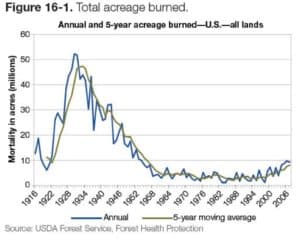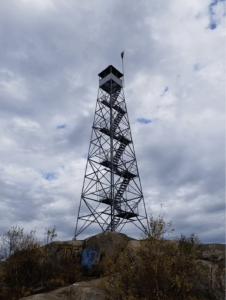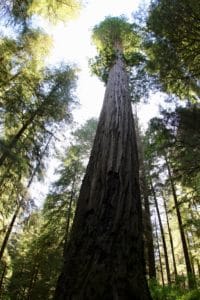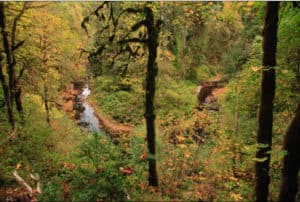We’ve all heard about the dramatic increase in U.S. wildfire acres burned:

Oops! Wrong graph. Here’s the correct one:

Many attribute this trend to increases in atmospheric greenhouse gases. Another factor is how we manage wildland fire, as discussed by two firefighters. Travis Dotson is an analyst at the Wildlands Fire Lessons Learned Center, while Mike Lewelling is Fire Management Officer at Rocky Mountain National Park.
TRAVIS: Overall, what would you say are the biggest positive changes you’ve seen in our culture during your entire career?
MIKE: I think we are more mindful about how we manage fires now. I saw a map side-by-side of all the fires from the early 80s into the 90s and it’s all these little pinpricks of fires. And then you go into the 2000s to now and the footprints are a lot bigger. There’s a lot that goes into that. But I think part of that is not always throwing everything at every fire. Mother Nature uses fire to clean house and it doesn’t matter what we do, she’s going to do it eventually. So whether we put ourselves in the way of that or let it happen is an important decision. I think that, overall, risk management—how we respond to fires—is a significant advance.
TRAVIS: For sure. I’ve seen research showing that the best investment we can make is big fire footprints. That is what ends up being both a money saver and exposure saver down the line as well as an ecological investment, obviously. For so long, large fire footprints were only being pushed from an ecological perspective and now we’re talking about the risk benefits of changing our default setting away from just crush it. There is often an immediate and future benefit on the risk front (less exposure now AND a larger footprint reducing future threat).








